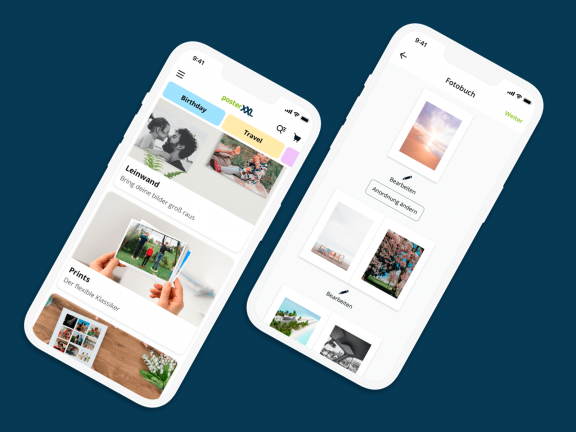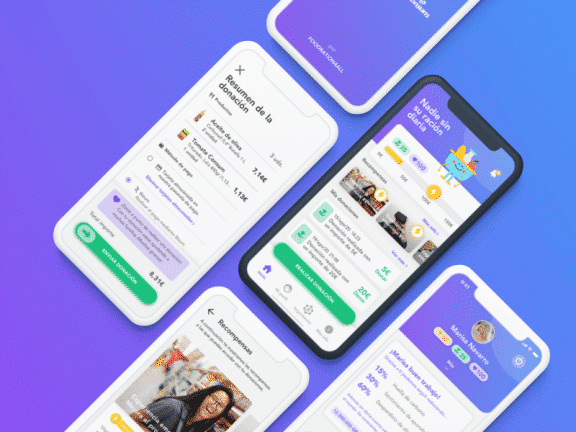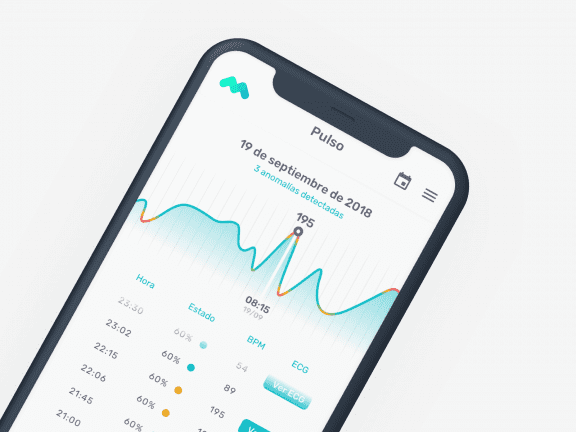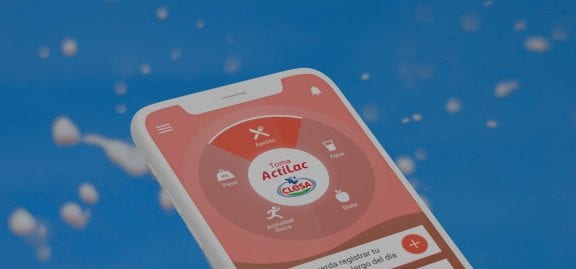You will not find here a set of tools to monitor user activity and behavior in your app. Don’t expect either a list of indicators by app type or category. We will rather focus on SMART (Specific, Measurable, Achievable, Relevant and Time-related)-based KPI (Key Performance Indicators) selection, to allow you to know whether your app is meeting the expected objectives as strategically defined.
KPI is a key indicator expressed in figures. The isolated data is meaningless: it is its periodic evolution which must be assessed. The starting point is defining the objective. A KPI is then assigned to measure how this objective is achieved. Monitoring is the preliminary and necessary step to interpret results. Last but not least, there is optimization. Optimization processes should always be an infinite loop.
Five features of a SMART objective
If any one of your objectives doesn't meet these five features, you should redefine it:

1. Specific. A specific objective: no vagueness. We must know what we want to achieve and how we are going to get there.

2. Measurable. Follow-up is needed and it requires a process or system that allows to assign figures to the level of achievement of the objective.
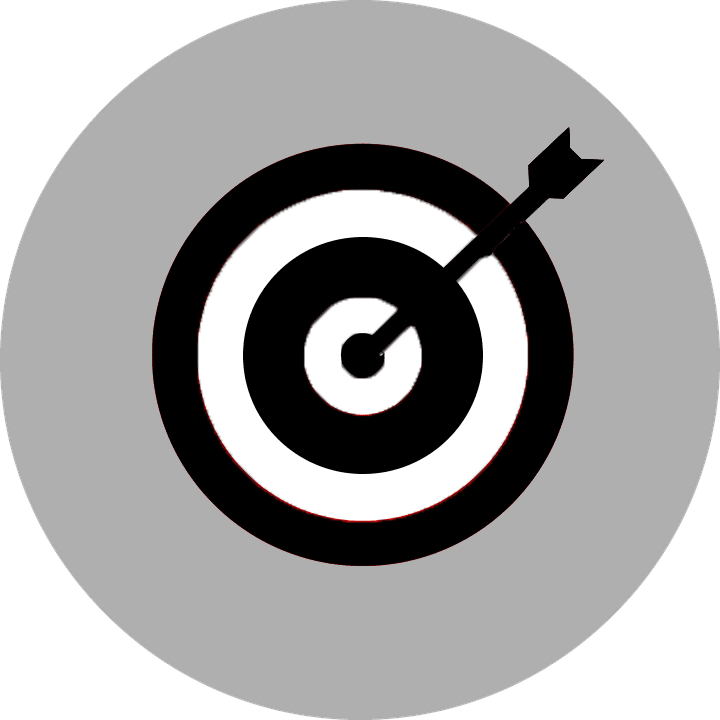
3. Achievable. Defining an objective will not make sense if achieving it is not realistic.

4. Relevant. It is worth focusing on objectives that are decisive for the company.
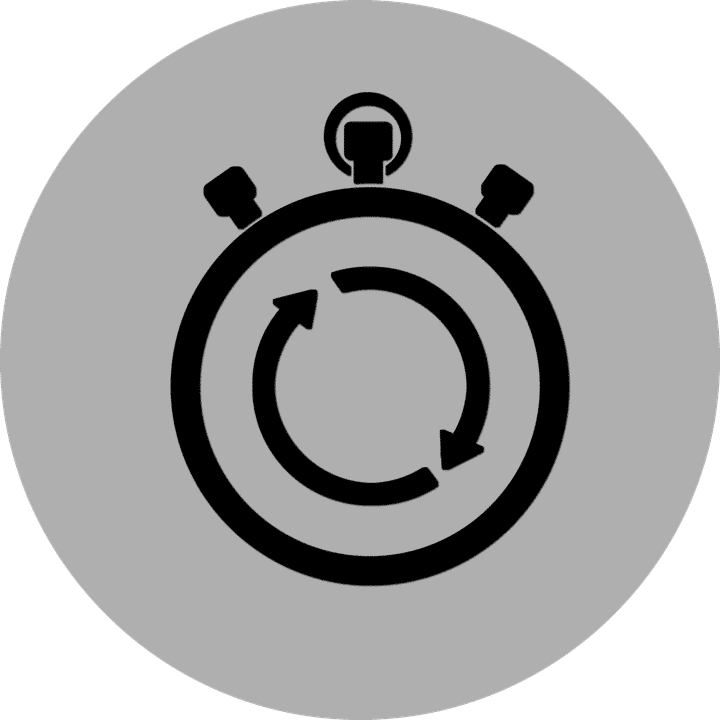
5. Time phased. Deadlines are essential. It is therefore necessary to phase the times to meet the objective.
Once the objectives are defined, indicators will be required to show their level of compliance. With this in mind, we will now list some SMART objectives together with their corresponding indicator:
Positioning in marketplaces.
It positions the app on platforms, therefore making your product visible to potential new users. It is based on the results of your app and represents without a doubt a guarantee in view of potential downloads. Users already know that they can expect something good when installing the app.
Session length.
Session length is definitely one of the variables that provides the most information on user-app relationships. The time spent on the app measures engagement. Regardless of an app’s nature, lasting and recurring sessions unmistakably indicate interest.
Active users.
Once you get app downloads, an activity should follow: the app is being used for its intended purpose. Variables such as MAU (Monthly Active Users), i.e., users who log on at least once a month, are important in order to know if the app succeeds at retaining the user. Another KPI that allows measuring user loyalty is DAU (Daily Active Users), or number of users who log on a given day.
Behavior flow.
We can access user behavior flow by simply integrating Google Analytics in an app. The navigation flow is key to knowing the path followed by users and focusing on the screens that make them drop off from the app. Graphics allow identifying such screens and applying corrective measures if necessary.
User Stickness.
Users who log on on a daily basis are the most loyal users. User stickness is the ratio of daily active users to monthly active users (DAU/MAU).
ARPU.
ARPU (Average Revenue Per User) measures viability: it is the average revenue generated per user for a certain period, usually monthly. It is the ratio of revenues to number of active users.
Market share.
This is about knowing which percentage of the app cake in your category belongs to you. You'll get your position in the market from App Store and Google Play, on the basis of apps on the same category and/or functionality as yours.
Conversion rate.
Conversion rate is the percentage of users who take a target action. This goes from screen display to form submission, subscription or purchase check-out. The concept of conversion depends on the type of project and their key objectives.
Downloads.
We have developed and published the app and our objective is to get downloads to get it moving. Marketplaces provide us with totals, but knowing the traffic source that triggers installation is essential in order to adjust marketing activities and optimize results. This data is interesting to help with decision-making and to redirect actions. For example, if most downloads come from actions related to influencers and you want to minimise dependence on this channel when capturing new users, the tactic will be to reduce the budget for influencers and to focus on AdWords universal app campaigns. But in order to do this, it is necessary to distinguish by traffic source.
Monitoring and optimization: dashboards
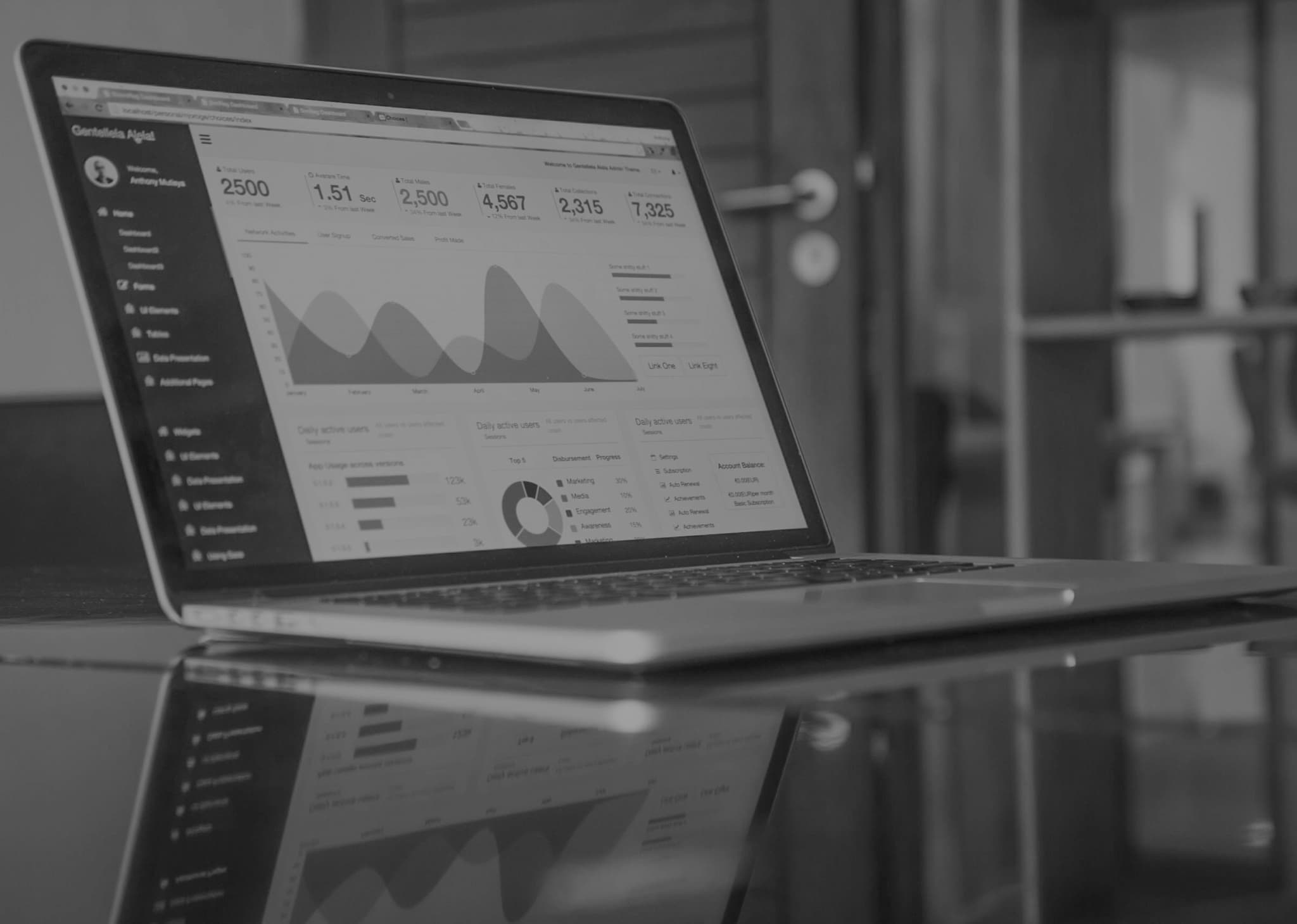
We have presented some KPIs and we have done so on the basis of SMART objectives. In the follow-up phase you must focus on your key variables, get rid of noise and keep those variables which allow you to know how healthy your app is and if you are moving on the right direction.
Objectives have been defined and indicators have been selected: what next? It is now the moment to measure and follow up. Dashboards will help you through this process. They collect your KPIs and allow you to easily assess their evolution. The goal is to have a dashboard that includes particularly relevant variables and allows to visualize whether the targets are met. The purpose of these tools is to provide information and make it accessible in a periodic and updated way to those responsible.
The main advantage of monitoring is the ability to anticipate and the possibility of implementing corrective measures if the KPIs indicate that the objectives are not met. To do this, monitoring must be periodic and it is important to set the indicators’ checking frequency. Similar to objective definition and KPI selection, setting ad-hoc periodicity for each project is necessary, since it will depend on actions developed and compliance deadlines.
While it is true that SMART objectives should be 100% achievable, it could be that deadlines are not being respected and that objectives are not being met. This is where plan B comes into play: contingency plans that establish how and when to act in case of red numbers on the dashboard.
Contingency plans must define the indicators’ upper and lower limits and the red line which will trigger plan B. For example, if the objective is set at 10,000 app downloads in 6 months and only 2,000 are recorded over the first term, it seems unlikely that the expected 8,000 downloads left can be achieved with the same promotional actions. It would be useful to determine which amount of downloads per month would trigger the contingency plan in order to avoid getting to the halfway point with such a distant 10,000 downloads objective.
Tools and monitoring protocols to assess an app help streamline processes, but the key element is the human capital, that adds value by assessing data and making decisions based on them. Analysis and action implementation close the circle and allow you to focus on meeting your SMART objectives.
